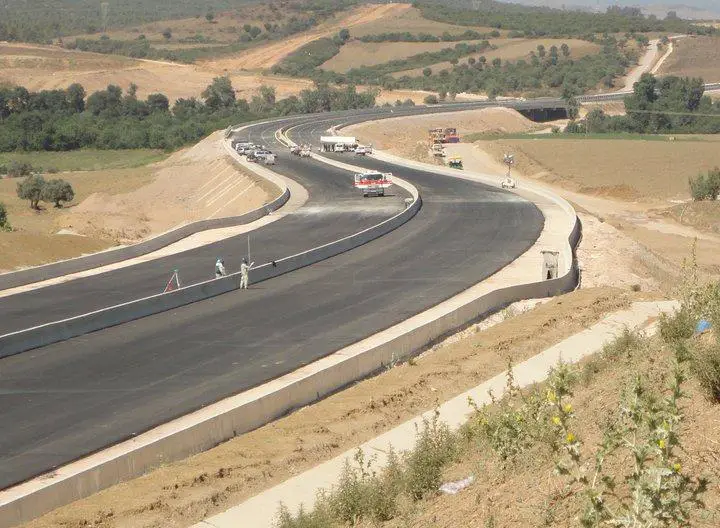Bottlenecks to the completing of the planned Trans African Highway include difficult terrain and climate conditions, inadequate funding for Road maintenance and upgrades as well as insecurity due to civil conflicts that have damaged roads that now require reconstruction.
There is a new-found political will and High-level commitments by the Democratic Republic of Congo (DRC) and Uganda to develop and upgrade the Northern Corridor Road Sections of their country of the Trans-African Highway (TAH) Network No 8 from Lagos, Nigeria to Mombasa that is expected to open the whole of Africa to interstate trade.
Uganda and DR Congo are already working to fix the gaps of the northern corridor in Mbarara-Bushenyi-Kikorongo-Mpondwe-Kasindi-Beni-Komanda-Kisangani which measures 940Km.
Bottlenecks to the completing of the planned TAH include difficult terrain and climate conditions, inadequate funding for Road maintenance and upgrades as well as insecurity due to civil conflicts that have damaged roads that now require reconstruction.
However, with the current high political will between partner states, this project seem to be a reality. The Democratic Republic of Congo (DRC) and the Republic of Uganda are committed to prioritize the development of the Mbarara-Mpondwe-Kisangani Road section of the Northern Corridor Road Network and tasked the Northern Corridor Secretariat to take the lead in fast-tracking bilateral discussions and Funds Mobilization.
In this framework, two delegations from the Northern Corridor Secretariat led by Mr. Omae Nyarandi, the Executive Secretary, undertook consultations with high level Government officials in DRC and Uganda to get updates on all the Transport Infrastructure projects and trade facilitation initiatives in both countries, and most importantly, promote joint bilateral efforts between the two Northern Corridor Member States to develop the Mbarara-Mpondwe-Kisangani Highway.
In July 1971, the UN Economic Commission for Africa (UNECA) launched the Trans-African Highway Project between Lagos, Nigeria and Mombasa, Kenya, as a pilot project to make it possible to draft principles and methods for effective intra-African co-operation in the construction of international highways.
The African Union (AU), through the New Partnership for Africa’s Development (NEPAD), an AU economic development programme, is responsible for coordinating the development and realisation of the ten planned Trans-African Highways Networks. Its broader Programme for Infrastructure Development in Africa (PIDA) has absorbed the project.
The Trans-African Highway No 8 which is contiguous to TAH N0 7 in Lagos, was expected to cover a total 6,259 km shared among 6 countries as follow; 737 km in Nigeria, 1,044 km in Cameroon, 1,319 km in the Central African Republic (CAR), 1,561 km in DR Congo, 740 km in Uganda and 1,100 km in Kenya. TAH 8 is complete in Nigeria, Cameroon Uganda and Kenya. However, there are missing links in the Central African Republic and DR Congo thus preventing its complete use. Together TAH 7 and TAH 8 form the east to west African highway of 10,819 km.











